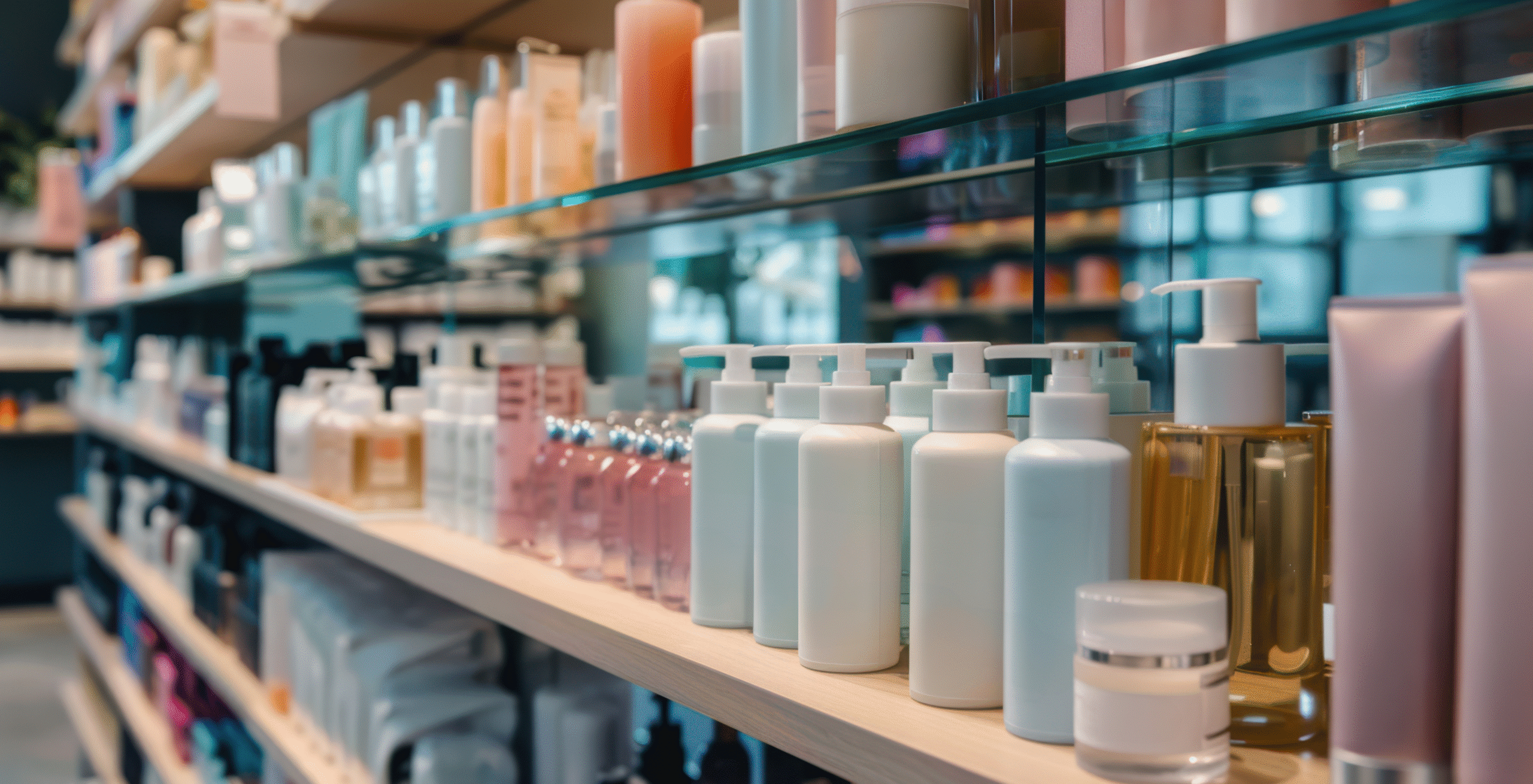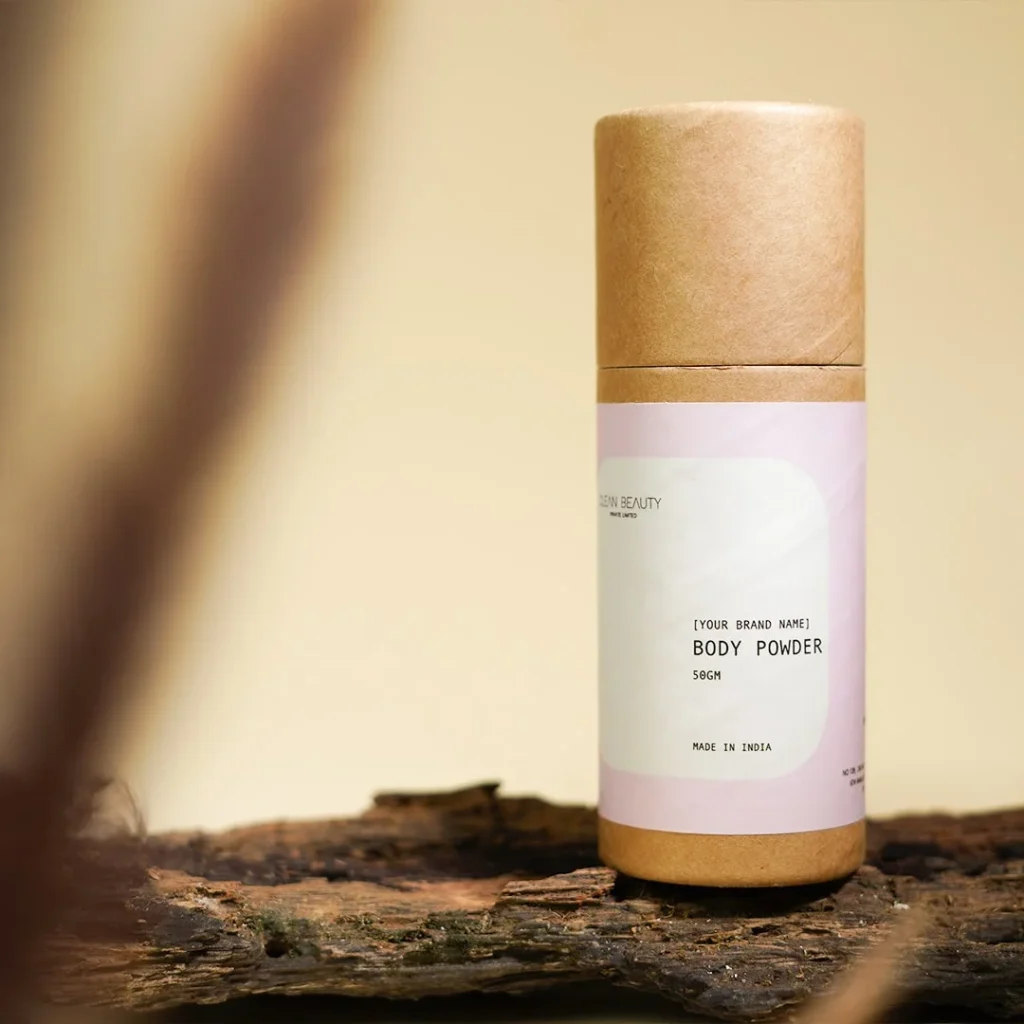Building a successful skincare brand doesn’t end with creating effective products; it truly begins with how you bring them to the market. In today’s saturated beauty space, how you position, package, and promote your products can determine whether your brand gets noticed or blends into the background.If you’re launching a private label skincare brand or looking to scale an existing one, understanding how to market a skincare brand is essential for growth. From proven skincare marketing ideas to building a strong marketing strategy for personal care products, the right approach ensures your brand not only enters the market but thrives in it.
At Clean Beauty Private Limited, we help startups and entrepreneurs launch skincare brands with end-to-end support, including everything from custom formulation to packaging strategy. This guide is packed with skincare branding tips, beauty product marketing ideas, and promotional strategies that align with the needs of modern, conscious consumers.
Step 1: Define Your Brand Identity
Before you post a single Reel or design a logo, define who you are and who you’re speaking to.
Questions to ask:
- Who is my ideal customer?
- What problem does my product solve?
- What values do I want to be known for?
For instance, are you a clean beauty brand focused on sustainable living? Or a high-performance label targeting urban professionals with results-driven formulas?
Pro tip: Document your tone, visual style, and brand story. This clarity will shape every piece of communication you put out.
Step 2: Create a Compelling Product Story
In private label skincare, where many formulations can overlap, your story is what sets you apart.
Example story angles:
- Origin story: Why you started your brand.
- Hero ingredient focus: Spotlighting your unique, high-performing ingredients.
- Customer transformation: Results and reviews that show real impact.
At Clean Beauty, we encourage brands to build a compelling narrative around both product efficacy and intention. Consumers buy stories just as much as they buy serums.
Step 3: Nail Your Packaging & Visual Identity
The unboxing moment is part of the brand experience. Skincare consumers are heavily influenced by aesthetics.
Checklist for packaging success:
- Keep it clean, legible, and clutter-free.
- Use sustainable, recyclable materials wherever possible.
- Highlight USPs and ingredients clearly on the label.
- Stay cohesive across your entire product line.
Clean Beauty clients often receive consultation on packaging mock-ups and label design direction during the manufacturing process.
Step 4: Build a Pre-Launch Buzz
Marketing a skincare brand starts before you even launch.
How to build pre-launch visibility:
- Start a waitlist and email signup on your website.
- Tease your product range on Instagram stories and reels.
- Collaborate with micro-influencers for a sneak peek.
- Create a brand launch countdown series.
You can also offer early access or discounts to your waitlist community. This builds a sense of exclusivity and encourages early traction.
Step 5: Focus on Education-Based Marketing
Today’s beauty shoppers are ingredient-savvy and want to understand what they’re putting on their skin.
Educational content ideas:
- Reels that break down ingredients like niacinamide or hyaluronic acid.
- Carousels explaining how to build a skincare routine.
- Blog posts with skincare tips and FAQs.
- Ingredient highlight videos.
Clean Beauty offers ingredient documentation and detailed data sheets that brands can repurpose for educational marketing.
Step 6: Invest in Influencer & UGC Campaigns
User-generated content (UGC) and influencer partnerships offer social proof and relatability.
Types of creators to work with:
- Skincare enthusiasts and YouTubers.
- Lifestyle vloggers and skin influencers.
- Ethical beauty reviewers.
Start with barter collaborations and focus on nano and micro-influencers with high engagement. Always re-share this content on your own platforms with permission.
Step 7: Create a Strong Digital Presence
Your online presence is often the first touchpoint. Treat your website and social profiles like your virtual storefront.
Digital marketing checklist:
- Launch a user-friendly, mobile-optimised website.
- Ensure product pages have clear benefits and ingredient breakdowns.
- Use SEO best practices for product titles and blog content.
- Stay consistent across Instagram, Facebook, Pinterest, and LinkedIn.
You can also set up WhatsApp for Business to connect personally with potential customers.
Step 8: Leverage Email Marketing for Retention
Once someone has purchased, your job isn’t done. Email marketing is a powerful retention tool.
Email flow ideas:
- Welcome series for new subscribers.
- Product education and how-to guides.
- Customer testimonials.
- Back-in-stock alerts and promotions.
Clean Beauty brands often pair their launch with automated welcome sequences and post-purchase flows to build customer loyalty.
Step 9: Launch Paid Ads Strategically
Paid performance marketing can amplify what you’ve built organically.
Ad types that work for skincare:
- Instagram story ads with testimonials.
- Facebook carousel ads showcasing before/after results.
- Google Shopping Ads for hero products.
Start with a modest budget and optimise based on performance. Use retargeting to stay top-of-mind.
Step 10: Engage Authentically With Your Audience
Skincare is personal. Your communication should be, too.
Engagement strategies:
- Respond to every DM and comment.
- Repost customer stories.
- Run polls, quizzes, and skincare diaries.
- Ask your audience what they want to see more of.
This builds trust, which is essential for skincare success.
Bonus: Collaborate with Complementary Brands
Look for partnerships that align with your ethos and customer base.
Think:
- Wellness cafes.
- Yoga or fitness studios.
- Conscious lifestyle brands.
- Sustainable packaging brands.
Co-branded giveaways, pop-ups, or sample exchanges are great ways to gain exposure.
How Clean Beauty Supports Brand Growth?
Clean Beauty Private Limited is more than a manufacturer.
We support your brand through:
- Custom formulation services tailored to your brand promise.
- Brand story consultation and guidance during early-stage planning.
- Low-MOQ production to help you launch small and scale smart.
- Labelling and compliance support for seamless branding.
Many of our partner brands consult with us on packaging, marketing ideas, and brand tone as part of the end-to-end white label process.
Final Thoughts
Marketing a skincare brand isn’t about flashy trends. It’s about building connections, offering real value, and telling your story well. When you combine strong formulations with intentional messaging, authentic storytelling, and community-led growth, your brand has the power to make a lasting mark.In today’s competitive beauty space, effective skincare marketing is about more than ads; it’s about storytelling, education, and trust. By implementing the right marketing for skincare products, you can create visibility, credibility, and customer loyalty that lasts.
If you’re ready to bring your skincare brand to life with a partner that understands both formulation and branding, Clean Beauty is here to support you, from your first idea to your first sale.
FAQs:
1. What are the best platforms to market a skincare brand online?
Instagram and YouTube are highly visual platforms ideal for showcasing skincare products. Use Instagram for Reels, tutorials, and stories. YouTube is great for in-depth reviews and educational content. Pair these with a solid website and email strategy.
2. How much budget should I set aside for skincare marketing?
Start learning with organic content and UGC. Once you’ve validated your message and products, allocate 10–20% of your projected monthly revenue for paid ads, influencer collaborations, and email tools.
3. Can I market my skincare brand without showing my face?
Yes. Many successful skincare brands use creative product storytelling, brand ambassadors, or animated content instead of founder-led videos. Focus on consistency and authenticity.
4. How do I market a private label skincare brand differently from a D2C brand?
Private label brands benefit from storytelling and trust-building. Highlight your values, certifications, formulation quality, and partnerships. Share behind-the-scenes of your process with your manufacturer, like Clean Beauty. Consider adding private label skincare promotion strategies such as influencer-led unboxings or wholesale collaborations to stand out.
5. Do I need professional help to build my brand strategy?
Not necessarily. But guidance from branding experts, design professionals, or manufacturers like Clean Beauty can simplify and streamline the process. We often offer this during the onboarding stage.
6. How long does it take to see results from skincare marketing?
Organic marketing can take 3–6 months to build traction. Paid marketing results are faster but require testing and tweaking. Focus on both short-term conversion and long-term brand equity.


